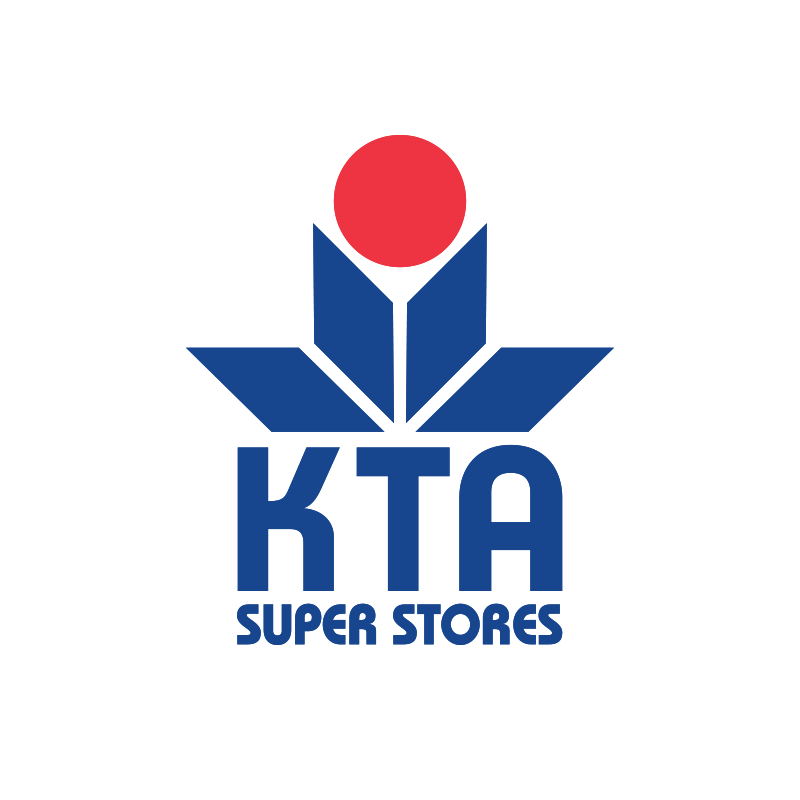‘Hula is life’: Uniquely Hawaiian dance plays important role in perpetuating Native Hawaiian culture
There are several stories throughout the Hawaiian Islands that tell of hula’s origins, some tying its beginnings to a number of gods and one that connects it to a great pan-Polynesian navigator and hero.
Four islands, including the Big Island and Kaua‘i, claim to be the birthplace of the dance.

Regardless of where hula came from, it is uniquely Hawaiian and has been an important part of Hawaiian culture since ancient times.
Hula was a way for ancient Hawaiians, who had no written language, to express and chronicle their culture. The dance and chant were used to record mythology, genealogy, history, religion and more. It continues to be a way to bring Native Hawaiians together and pass on their identity and culture.
The dance has persisted since ancient times, withstanding decades of disapproval by Christian missionaries and many Hawaiians who converted to the religion in the 19th century, bigotry and even a ban on public hula displays issued in 1830 by Queen Ka‘ahumanu.
“Hula is the language of the heart, therefore the heartbeat of the Hawaiian people,” said King David Kalākaua, the last king of Hawai‘i who reigned from Feb. 12, 1874, until his death Jan. 20, 1891.
Called the “Merrie Monarch” because of his fun-loving and flamboyant nature, Kalākaua was a patron of the arts, especially dance and music. He inspired the perpetuation of Hawaiian traditions, language and arts, and it was during his reign that hula once again went public.
The dance got even more of a boost during the Hawaiian Renaissance from the early 1960s to the late 1970s. The annual Merrie Monarch Festival in Hilo on the Big Island, which celebrates hula and everything Hawaii while honoring the legacy of Kalākaua, was part of that renaissance and started in 1963.
Hula still connects people today to the foundation of Hawaiian knowledge and culture.

It is a vehicle for historical and social commentary and passing down stories and information. The dance has also spread as Hawaiians — many of whom practice and display their culture to stay connected to their island home — have spread around the globe.
The dance is now practiced and studied in Europe, Japan, Mexico, Canada, the mainland United States and other places.
Hula also has stayed essentially the same since its beginning, steadfastly uninfluenced by traditions of other ethnic groups that have made the islands their home.
“The hula is so spiritual to the people of Hawai‘i,” said Luana Kawelu, president of the Merrie Monarch Festival. “It’s not just only dancing, there’s a spirituality with it that makes it more special.”
Kaleonani Kalauoka‘ae‘a-Kahele is one of the kumu, or teachers, for Hālau O Ka Ua Kani Lehua, the hula school of renowned kumu hula, musician, composer and recording artist Johny Lum Ho who died April 3, 2022, about two weeks before the Merrie Monarch Festival that year.
The 46-year-old started dancing hula for Uncle Johnny when she was 3 years old. Her grandmother Winona Kekela was a good friend and fellow musician of Lum Ho and his sisters Margaret Amana and Maile Lum Ho.
Not only is hula part of the Hawaiian culture, Kalauoka‘ae‘a-Kahele said it’s part of the identity of Native Hawaiians and even part of their worship. When she’s dancing, she feels the most close to God.
She went through some challenging times growing up, but hula was her happy place, where she could be herself with her hula sisters and smile no matter what she was going through.
Her grandmother was her connection to hula, the Hawaiian language and her Hawaiian culture. Hula is a way to honor her grandmother and Uncle Johnny by passing that on. As a mother of seven girls ranging in age from 26 to 12, she knows how important it is to continue that legacy.
“I want them to have that in their lives, too,” said Kalauoka‘ae‘a-Kahele. “So my kids continue to teach and dance and continue that same legacy as well.”
Shanna Kim-Amana, Uncle Johnny’s niece and member of the hālau who lives on O‘ahu and is a kumu there, gets back at least once or twice a month to the Big Island to help with and learn dances and songs from Hālau O Ka Ua Kani Lehua she can then take back to teach her students.
The 52-year-old has also been dancing hula since she was 3 years old.
“Hula is very important,” said Kim-Amana. “It keeps our family together. No matter where we are, we are connected weekly, daily. We talk hula, we live hula, I mean hula is everything to us.”
Dancing keeps her rooted to everything. When she moved to O‘ahu, she realized she was lucky that it was given to her freely and she’s doing the same thing there now. She was blessed and wants others to have the same experience.
“I go and I teach from my heart to a lot of people on O‘ahu, especially people that are challenged physically, mentally and emotionally,” Kim-Amana said. “That has been a great, great asset to my own life. I see now why it’s so important. Not just for Hawaiian people, for everybody.”
Her sister, Toni Amana-Chartrand, has also been dancing hula since she was 3 and danced for Lum Ho beginning in 1969. The 64-year-old is also one of the kumu for Hālau O Ka Ua Kani Lehua and was one of Kalauoka‘ae‘a-Kahele’s teachers.
She said hula is a way to continue Native Hawaiian culture and language as well as sharing it with keiki and anyone who wants to learn the art form. It’s also a physical activity with low impact that’s good for your mind, your body and your soul: “It helps you to think.”
The dance is a way to keep families together. Personally, Amana-Chartrand said hula is how community and culture are carried on and passed down to the next generation.
“As a hula dancer, I would say hula is life,” Kalauoka‘ae‘a-Kahele said. “It’s a way to put everything that you’re going through, all your feelings, all of your emotions, all of your stress, all of your good, bad, everything, into something beautiful.”
She danced in seven Merrie Monarch hula competitions with Hālau o Ka Ua Kani Lehua, her first at the age of 13 in 1991. Kalauoka‘ae‘a-Kahele was also Lum Ho’s Miss Aloha Hula contestant during the 1996 festival.

Lum Ho was one of the kumu in the first Merrie Monarch competition in 1971 and made his final trip to the festival’s competition stage in 2018. He led Hālau O Ka Ua Kani Lehua to many victories on the Merrie Monarch stage and fostered several Miss Aloha Hula candidates as well as keiki hula dancers.
The festival maintains the teachings of kūpuna, or elders, and strives to perpetuate the history and culture of the Hawaiian people in a manner that respects those teachings.
The 61st installment of the weeklong festival and world-renowned hula competition kicked off Easter Sunday and runs through April 6 this year. The mission of the Merrie Monarch Festival is to preserve, perpetuate and promote the important art of hula and all Hawaiian culture.
The festival and all those who dance hula and perpetuate the Hawaiian culture like the members and kumu of Lum Ho’s Hālau O Ka Ua Kani Lehua continue Kalākaua’s work, making sure the unique traditions of the Hawaiian people flourish.






















